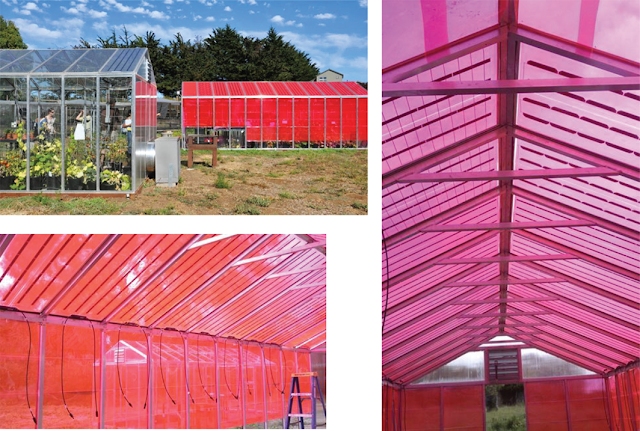520
 |
| Prof. Michael Loik at UCSC Photo credit: Michael Loik |
For this month’s Researcher of the Month, we spoke to Professor Michael Loik, at the Environmental Studies Department at University of California at Santa Cruz (UCSC). The Loik Laboratory has been studying the impact of short term weather patterns, changes in atmospheric composition and changes in plant physiology as a result of climate change in arid and semi-arid ecosystems.
Using results from their studies, the lab prepares communities for the ongoing climate change and devises information for adapting to fire risks and droughts. With a focus on reducing the emission of green house gases, the Loik laboratory also works on finding innovative solutions for farmers, which we will discuss today.
Before, we get started, here is a video summary of his recent publication in the journal Earth’s Future.
A man of few words, Prof. Loik was quick to revert to our queries regarding this wonderful accomplishment of his team.
CTS: Where did the idea behind WSPV (Wavelength Specific Photo Voltaic) greenhouses originate?
ML: From Professor Sue Carter’s (co-author of this paper) research on optics. Most science progresses as a series of small knowledge gains following considerable tedious measurements. This is yet one more example of that. Sorry there was not an “Aha!” or “Eureka” moment, if that’s what you were looking for!
CTS: In real life setting, how cost effective will WSPV green houses be?
ML: Although we have not completed a Life Cycle Analysis, Dr. Alers’ calculations show that for installation in a new glasshouse, the Return On Investment is 3.4 years.
 |
| Dr. Alers calculation for setting up a greenhouse. Image courtesy: Dr. Micahel Loik |
CTS: In an environment that denies climate change, how does on convince the government to grant subsidies for uptake of such technology?
ML: That’s an excellent question. One way is by promoting the technological advances that it represents and how it encourages new innovation. Another way is by showing how the technology can be used in Science, Technology, Engineering and Mathematics (STEM) education. I teach in certain years a class on sensors and sensor networks, and instrumentation for environmental science. This technology will play a central role in showing how simple ideas can lead to large improvements in renewable energy technologies.
CTS: Are these systems deployed on field yet? Are you planning to create a spin off company that will do the installations?
ML: Yes, there are examples deployed in California and Arizona, USA, as well as Alberta, Canada. The technology is also available from Dr. Alers company, Soliculture.
CTS: Do you foresee these greenhouses to become centres of power generation as well?
ML: Perhaps in some locations these glasshouses could export power to the grid. But in most cases, they would be generating electricity to be used to power the operations of the glasshouse itself, things like fans, louvers, lights, blowers, condensors, and so on.
 |
| What the ‘Pink Houses’ of the Future might look like. A sample image of the Arboretum at UCSC. Image credit: Glenn Alers via Earth’s Future. |
CTS: Do you anticipate opposition to crops that are grown in these greenhouses given that they were not grown in “natural light”? Are you planning a study at a molecular/ protein level to investigate, if this actually has an effect?
ML: I do not anticipate any opposition. We do indeed need to test whether the content of certain chemical constituents is the same as in produce grown in conventional greenhouses. We need to obtain funding for the next steps on fruit and vegetable quality (taste, appearance, color, shape, etc.).


1 comment
Howdy! This post couldn’t be written any better! Reading through this post reminds me of my old room mate! He always kept talking about this. I will forward this post to him.